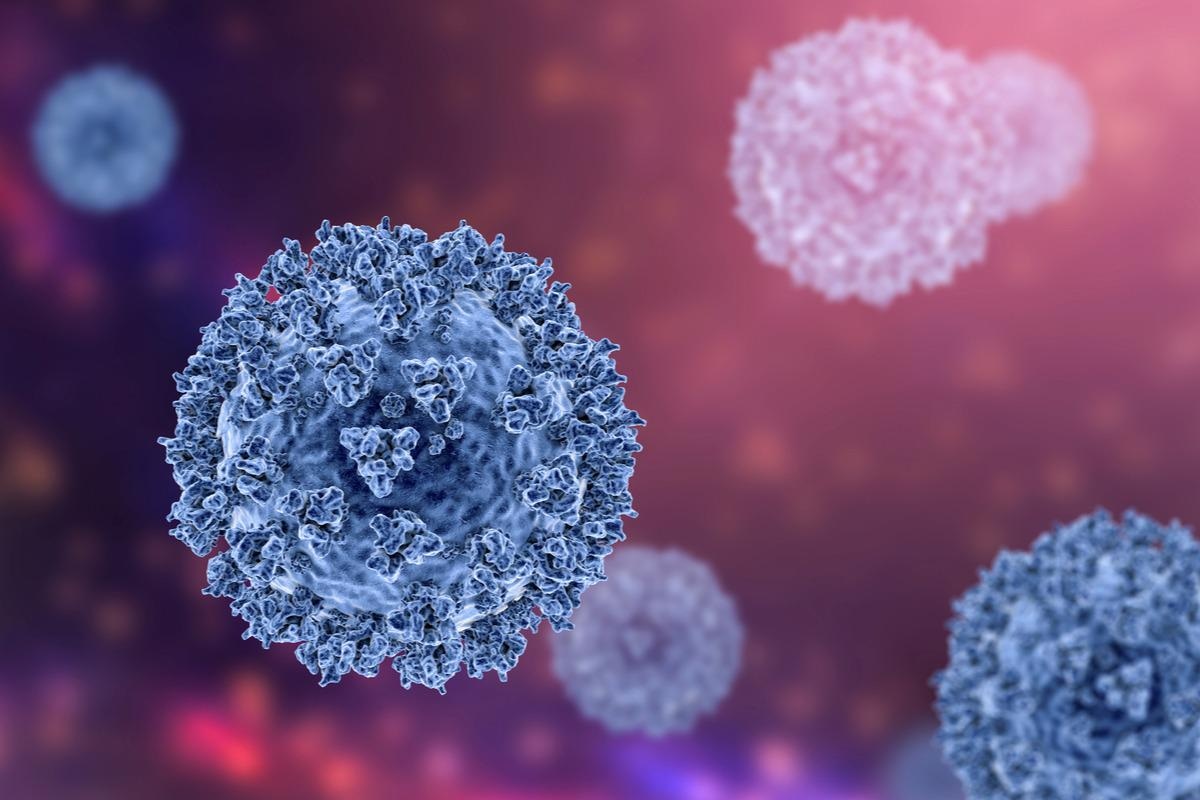Home » Health News »
Infection rates and immunological responses to SARS-CoV-2 infection among migrant workers
In a recent study posted to the medRxiv* preprint server, researchers assessed the severe acute respiratory syndrome coronavirus 2 (SARS-CoV-2) neutralizing antibody activity among migrant workers.

The waning protection induced by coronavirus disease 2019 (COVID-19) natural infection and vaccines has raised grave concerns about public health policies. Moreover, there is still a lack of data related to the duration and potency of immunological responses elicited by vaccines as well as natural infections.
About the study
In the present study, researchers investigated the COVID-19 infection rates and SARS-CoV-2 immunological responses among a migrant population over a period of six weeks.
The study comprised a test cohort of migrant workers aged between 19 and 59 years who were residents of a COVID-19-infected dormitory. The team obtained blood samples from the participants in May 2020 as well as two and six weeks after the initial sampling. The community cohort included adults residing in the community aged 21 years and above who also provided blood samples in November or December 2020.
The team analyzed the obtained serological samples for the presence of SARS-CoV-2 neutralizing antibodies by employing a surrogate virus neutralization test (sVNT). Information related to the presence or incidence of other medical issues such as diabetes, heart diseases, and hypertension along with data related to the number, type, and dates of COVID-19 vaccines received.
The researchers performed the serological analysis of participants who reported the receipt of two doses of any COVID-19 messenger ribonucleic acid (mRNA) vaccines by either May or June 2021. The study cohort also included individuals who had received two and three COVID-19 vaccine doses by January 2022. For persons vaccinated with either two or three doses, the team compared the SARS-CoV-2 neutralizing activity based on the type of vaccine administered.
Furthermore, the team assessed the cumulative distribution of SARS-CoV-2 neutralizing activity based on time point as well as the number of COVID-19 vaccine doses received by various populations taking into account factors such as age, gender, and pre-existing comorbidities. The neutralizing activity decay rates were also evaluated for individuals who had received two and three mRNA vaccine doses. The team also compared the neutralizing antibody activity among vaccinees belonging to the community cohort and those experiencing either mild or asymptomatic COVID-19 infection.
Results
A total of 799 individual vaccine recipients, including 553 Comirnaty, 131 Spikevax, and 115 mixed doses of Spikevax and Comirnaty vaccinees. The team noted that the second vaccine dose was received after a median duration of 27 days up to the follow-up in May or June 2021 and 157 days at the January 2022 follow-up. The study results showed that the individuals who received the Spikevax vaccine had remarkably higher levels of neutralizing antibody activity after the two doses. However, among three-dose recipients, high neutralizing antibody levels were found for all the vaccines analyzed with single and mixed-dosed vaccinees displayed comparable neutralizing activity.
When the team performed comparisons based on cumulative distributions, individuals aged 70 years and above had lower neutralizing activity after the receipt of two doses up to May or June 2021. However, by January 2022, all the age groups displayed lower and comparable levels of neutralizing antibodies. This indicated that even though the younger participants exhibited high neutralizing antibody levels initially after the vaccination, the protection levels waned to similar levels over time. Notably, the neutralizing activity was significantly higher in three-dose recipients as compared to two-dose recipients.
The team noted higher neutralizing antibody responses after two doses among females in May or June 2021, which eventually reduced to comparable levels to the male counterparts in January 2022. The administration of a booster vaccine dose increased the neutralizing antibody responses to substantially higher levels with insignificant differences between the two genders. Furthermore, individuals with hypertension and diabetes had lower neutralizing antibody responses after two doses in May or June 2021 as compared to persons having no comorbidities.
The team also observed that the males aged 60 years and above who belonged to the general population group and had received two or three vaccine doses within the previous 12 weeks showed higher neutralizing antibody responses as compared to that in mild or asymptomatic COVID-19-infected males from the migrant cohort. Moreover, the team noted that 84% of the unvaccinated persons had anti-SARS-CoV-2 neutralizing antibodies, indicating a substantial impact of natural infection in the previous six to seven months.
Conclusion
Overall, the study findings showed that COVID-19 booster doses had a potent effect in providing sufficient protection against SARS-CoV-2 infection. The researchers believe that the rise in breakthrough infection cases necessitates the development of a COVID-19 vaccine specific for SARS-CoV-2 variants.
*Important notice
medRxiv publishes preliminary scientific reports that are not peer-reviewed and, therefore, should not be regarded as conclusive, guide clinical practice/health-related behavior, or treated as established information.
- Clapham, H. et al. (2022) "SARS-CoV-2 neutralising antibody activity in a highly vaccinated population: Longitudinal serology studies in Singapore". medRxiv. doi: 10.1101/2022.05.29.22275748. https://www.medrxiv.org/content/10.1101/2022.05.29.22275748v1
Posted in: Medical Science News | Medical Research News | Disease/Infection News
Tags: Antibodies, Antibody, Blood, Coronavirus, Coronavirus Disease COVID-19, covid-19, Diabetes, Heart, Public Health, Respiratory, Ribonucleic Acid, SARS, SARS-CoV-2, Serology, Severe Acute Respiratory, Severe Acute Respiratory Syndrome, Syndrome, Vaccine, Virus

Written by
Bhavana Kunkalikar
Bhavana Kunkalikar is a medical writer based in Goa, India. Her academic background is in Pharmaceutical sciences and she holds a Bachelor's degree in Pharmacy. Her educational background allowed her to foster an interest in anatomical and physiological sciences. Her college project work based on ‘The manifestations and causes of sickle cell anemia’ formed the stepping stone to a life-long fascination with human pathophysiology.
Source: Read Full Article



